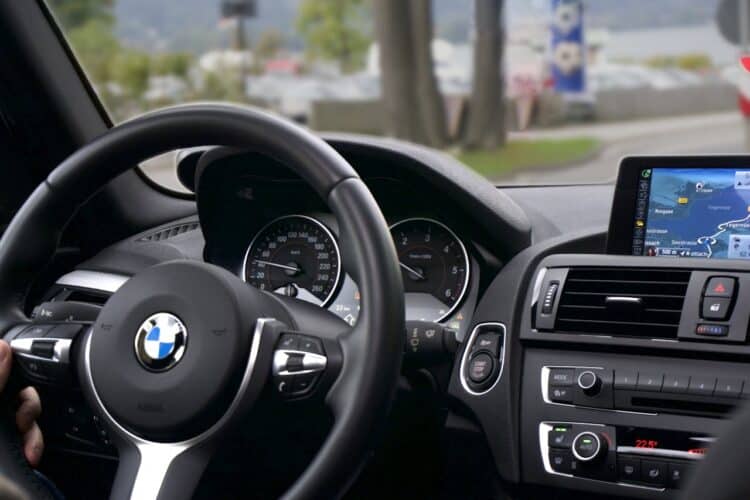Recent developments in technology, including artificial intelligence (AI) have enabled the connected, autonomous, shared, and electric (CASE) mobility trend. This trend has been accompanied by the emergence of a highly competitive automotive industry in China.
Factors influencing autonomous driving
IDC says the autonomous driving market is advancing into a new stage of development, enabled by major breakthroughs in:
Algorithms: The maturity and application of the Transformer model in autonomous driving engineering projects has greatly enhanced perception performance. The decision-making and planning module is gradually changing from rule-based to model-based, providing room for enhancing vehicles' independent decision-making capabilities and coping with complex road conditions.
Moreover, enterprises have started in-depth exploration and actual deployment of end-to-end algorithms for the entire perception-planning process, which lays a foundation for further realization of efficient driver assistance and even full driving automation.
Computing power: In response to the large-scale computing needs in the realm of autonomous driving, enterprises are actively developing and applying high-performance, specialized neural processing units (NPUs) to provide strong support for endpoint equipment to run large-scale neural networks and complex models.
The increasing use of NPUs at the vehicle end effectively provides hardware support for the application of enhanced advanced driver-assistance system (ADAS) algorithms.
Data development: The optimization of data development and model training efficiency has significantly accelerated software iteration. Some enterprises have implemented development toolsets based on the concept of closed-loop data to realize the automation and efficiency of the whole data processing process and established integrated online data flow and development systems.
Thanks to the changes brought about by the data closed-loop, software iteration has been significantly accelerated, and multiple iterations in a day have become possible.
According to Catherine Hong, senior market analyst for IDC China, the rising investment in autonomous driving, continuous advancement of chip processing power, and rapid iteration of software versions have fuelled the China autonomous driving market to enter a new phase of development.
She predicts that the competition in the China autonomous driving market will become even fiercer. “The establishment of competitive advantages in this field depends on car makers' long-term investment in the research and development of autonomous driving technology, effective management, and use of autonomous driving data assets, as well as continuous enhancement of the excellent performance and reliability of their products,” she concluded.
What lies ahead
Looking to the future, investment in autonomous driving has become a certain trend. With the mass production of various brands of cars with autonomous driving functions and the increasing improvement of advanced autonomous driving functions, car makers will be bound to get involved in fierce competition in this field no matter what position they hold in intelligence and autonomous driving.
Whether a company chooses to purchase technology, cooperate in development, or be devoted to independent R&D, it is time to accelerate the investment in this field, as it is the prerequisite to participate in market competition to keep pace with or even surpass competitors in autonomous driving technology.
"Global autonomous vehicle development efforts are being significantly fast-tracked with the introduction of Generative AI capabilities in autonomous vehicle (AV) development, testing, and lifecycle management," said Sandeep Mukunda, research manager, sustainable mobility and transportation strategies at IDC.
He adds that foundation and large language models in AV development have enabled highly accurate and robust perception, virtual test case generation, and voice-based assistance with multi-language support for reporting and automating various other processes across AV life cycle.



